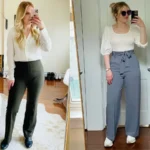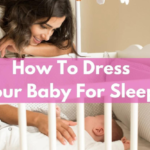When your Baby’s Safety and comfort, make sure they are dressed properly for sleep. Here’s a helpful manual with 6 secure tips to dress your baby for sleep, along with a temperature chart
6 Safe Ways To Dress Your Baby For Comfortable Night

Baby Sleep Temperature Chart: 6 Safe Ways to Dress Your Baby – Learn How to Dress Your Baby for Sleep Based on Room Temperature for Comfort and Safety
1. Understanding the Baby Sleep Temperature Chart
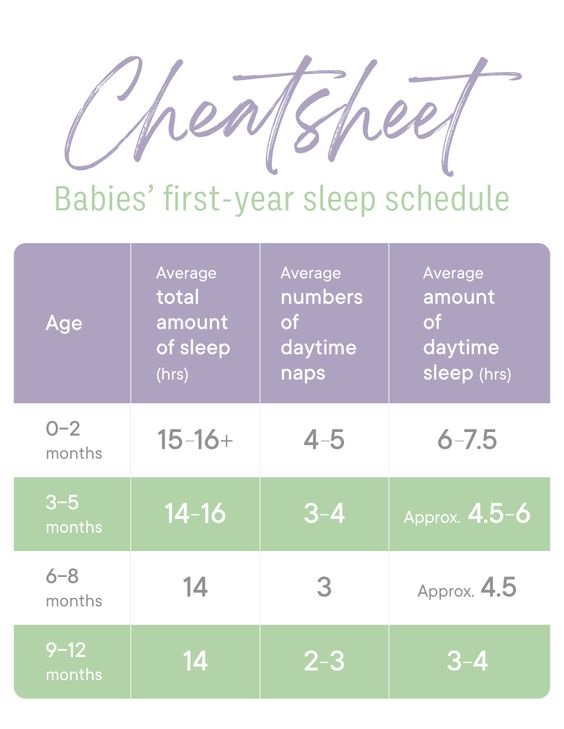
A baby sleep temperature chart is a handy tool that helps parents determine the appropriate clothing based on the room’s temperature.
Here’s a general guide:
- 75°F (24°C) and Above: Light cotton onesie or diaper with a lightweight sleep sack.
- 70-74°F (21-23°C): Short-sleeve onesie with a light sleep sack or swaddle.
- 65-69°F (18-20°C): Long-sleeve onesie or footed pajamas with a medium-weight sleep sack.
- 60-64°F (16-17°C): Long-sleeve onesie, footed pajamas, and a warmer sleep sack.
- 59°F (15°C) and Below: Long-sleeve onesie, footed pajamas, and a heavy sleep sack or swaddle.
Always adjust the clothing to the specific needs of your baby and the material of the clothing they are wearing
2. Dress in Layers for Flexibility

When dressing your child dressed for bed, layering is a must since it makes it simple to put on and take off clothes. Add a sleep sack or swaddle on top of a soft, breathable diaper. You can add extra layer, such as footed pajamas, if the room is colder. Don’t stack too many things at once to avoid getting too hot
3. Use a Sleep Sack Instead of Blankets
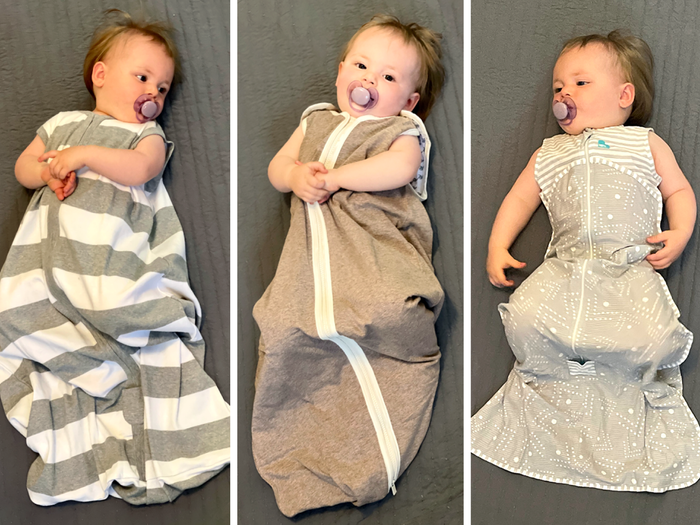
Stultifying is an issue with loose blankets; sleep sacks are a safer option. Select a sleeping bag based on the temperature of the room; a lighter one is better in the summertime and a thicker one in colder weather. Sleep sacks provide the baby with the chance to move about while keeping them warm
4. Monitor Your Baby’s Temperature
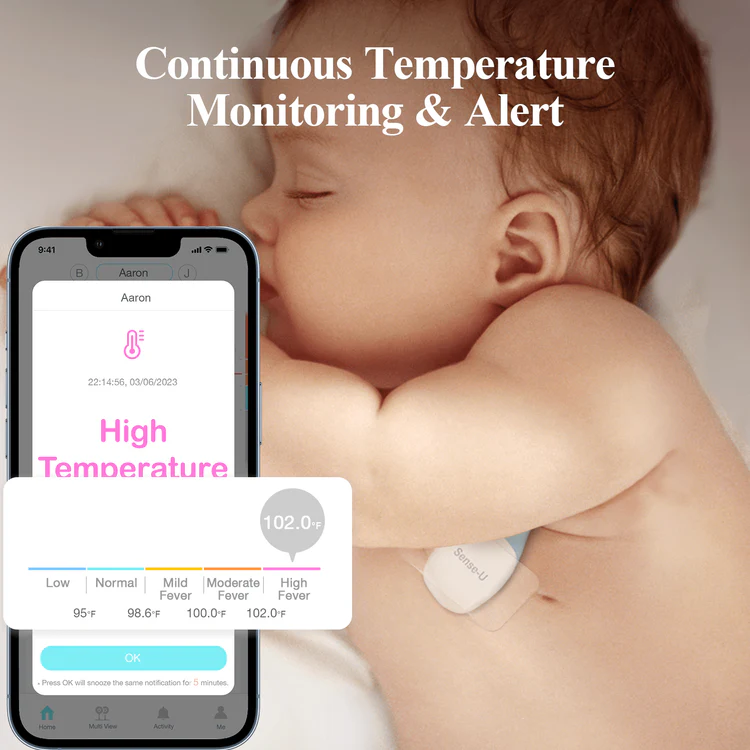
Take your baby’s temperature on occasion by feeling their back or neck. They’re probably at ease if they feel dry and comfortable. They can be overly hot if they are sweating or if their skin feels slimy. Make the correct garment adjustments. Recall that it’s natural for the baby to feel colder in their hands and feet than the rest of their body.
5. Avoid Overheating

The risk of SIDS (sudden infant death syndrome) can rise with overheating. Wearing heavy clothing or too many layers will not help prevent this. On the contrary, dress your kid in the right levels. Make sure the space has sufficient air flow as well. Sweating, flushed cheeks, and fast breathing are classic signs of heat stroke.





